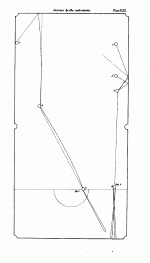A couple years out of high school, around 84ish, I had a moment of clarity and insite in a dream about a way to compensate for cue ball squirt when using english. I had never seen, heard, or was taught anything like this. I worked on it a bit then showed some local players at the halls I hung out at on the Chicago's south side. Some of them looked at me like I was crazy but some real strong players were quite interested in what I was showing them even so much so that some started using it in certain situations and one even naming it after me..LOL. They had never seen anything like this. Many years later I hear of a technique called Back Hand English, realized it was essentially what I was doing, and couldn't believe someone else other than those I told had heard of something like that.
It's been decades since then and was wondering how long has BHE, as we know it today, been known and when you first heard, saw, taught, or had an epiphany like myself?...:smile:
It's been decades since then and was wondering how long has BHE, as we know it today, been known and when you first heard, saw, taught, or had an epiphany like myself?...:smile:
